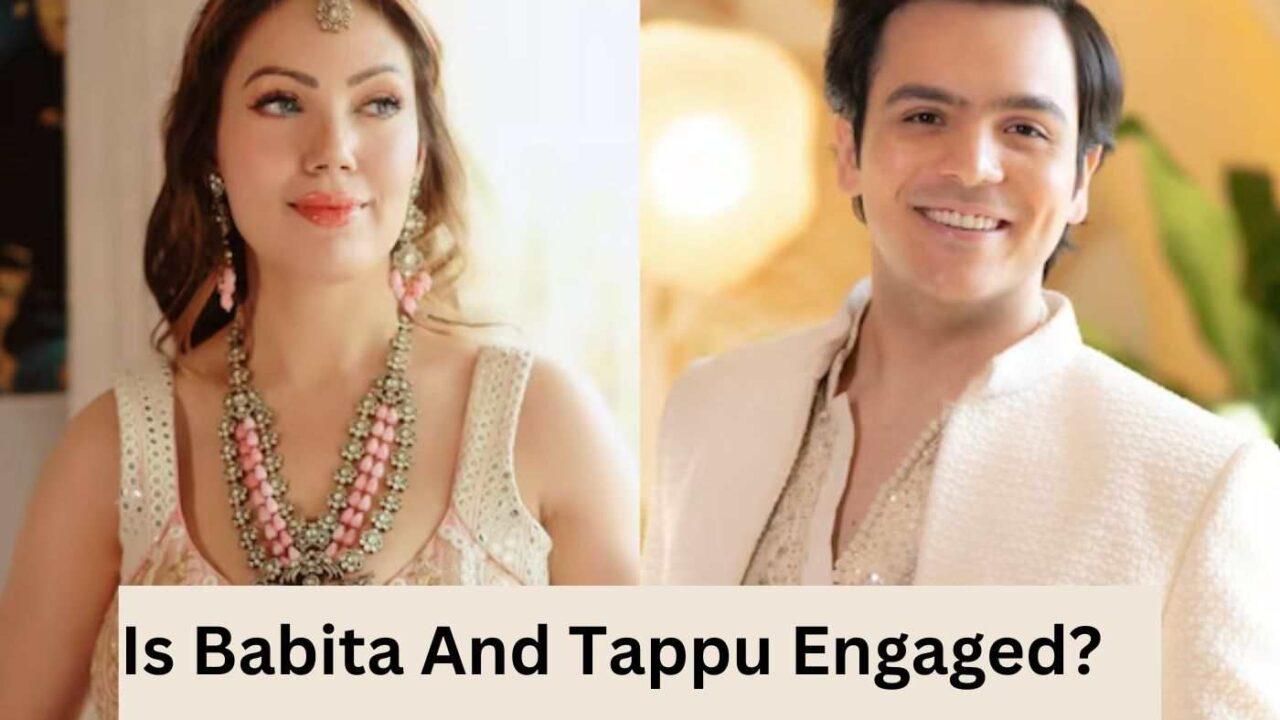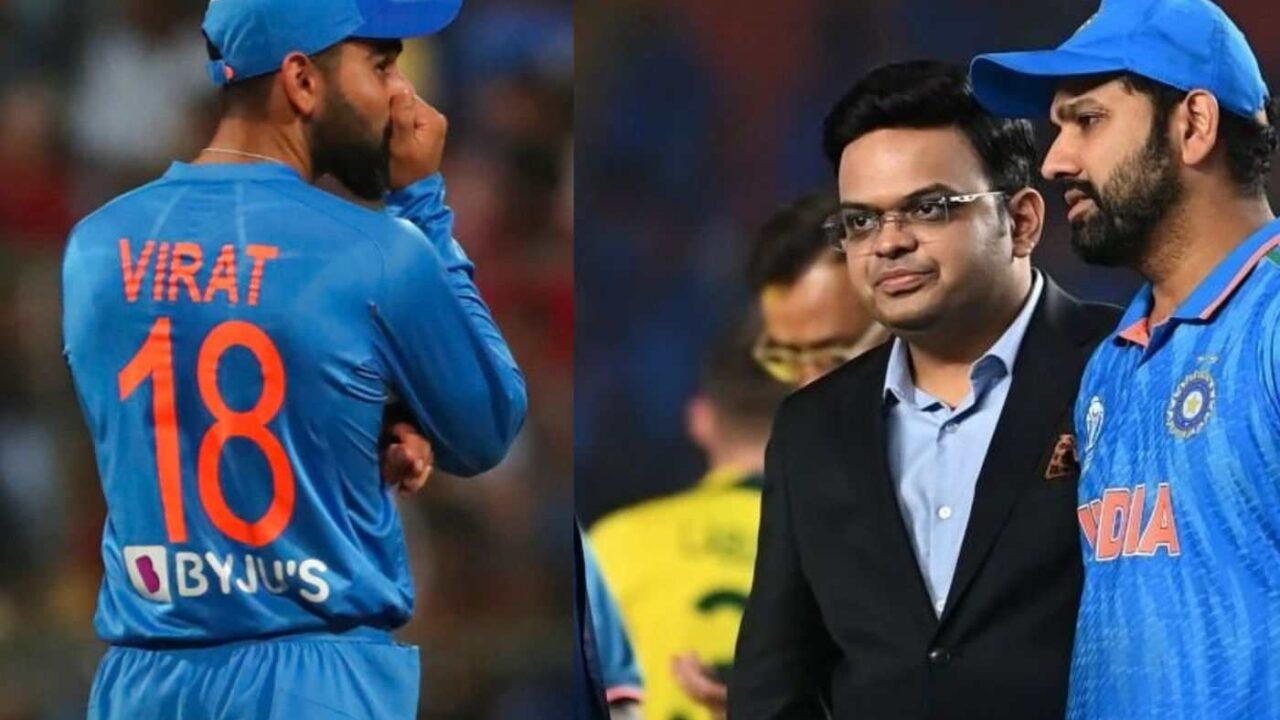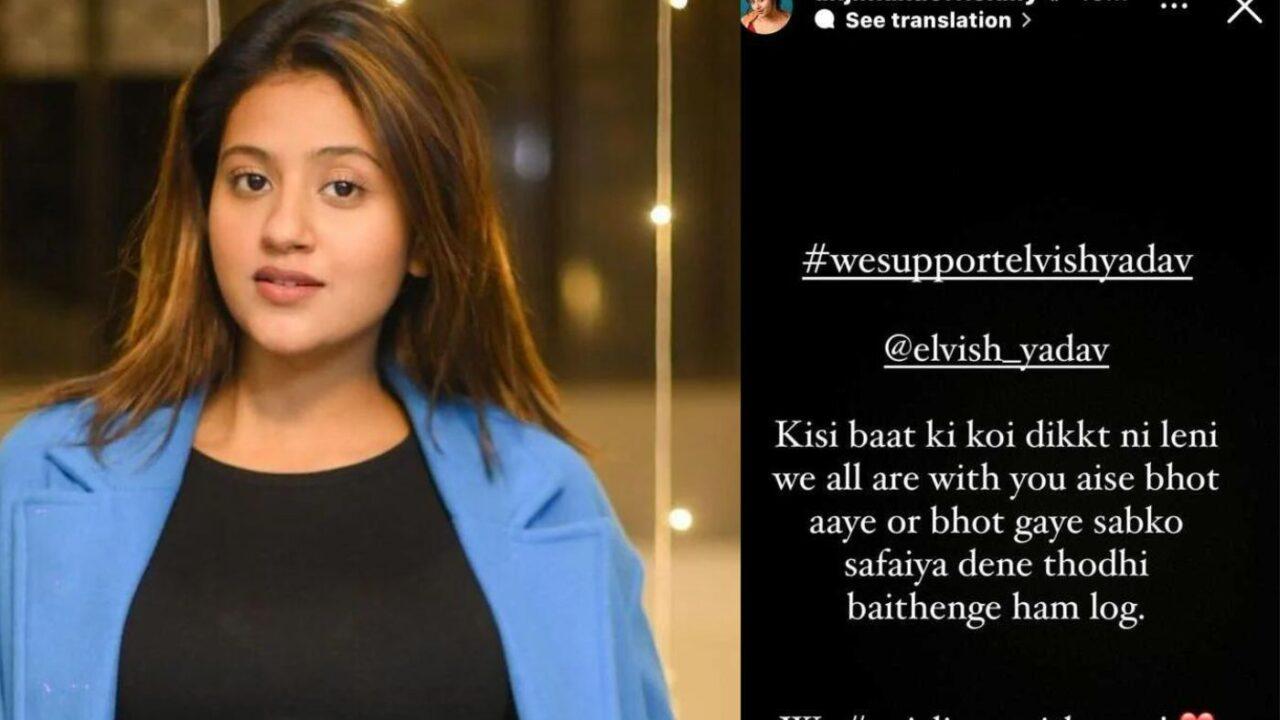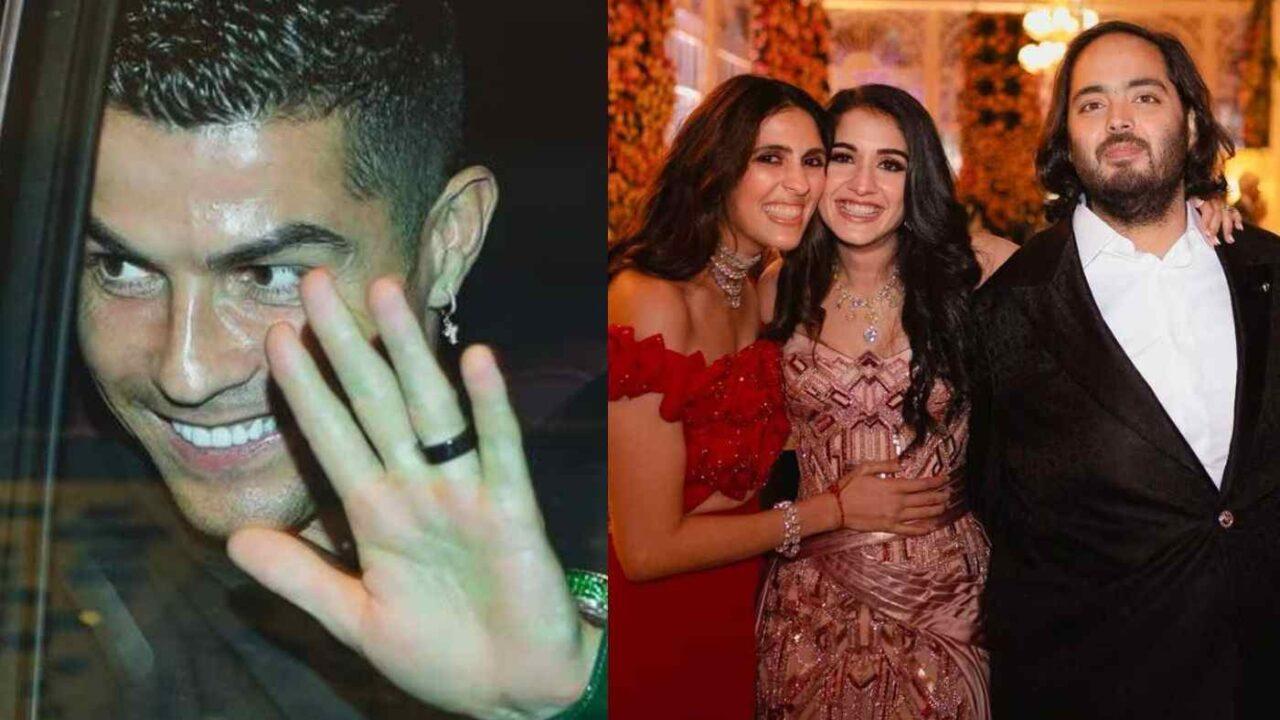The video of actor Rashmika Mandanna entering an elevator has gained significant attention on social media. However, fact-check journalist Abhishek Kumar reported that this video, which appeared to be a candid moment, is, in fact, a deep fake video.
Originally posted by a British Indian named Zara Patel on Instagram on October 9, the video has garnered over 18 million views on Abhishek Kumar’s thread on X (formerly Twitter). In his thread, he presents both the deepfake video and the original video, highlighting the need for a legal and regulatory framework to address the issue of deepfakes in the country. This incident underscores the potential for deepfake technology to spread misleading or deceptive content and the importance of measures to detect and counter such content.
What Exactly Happened With Actor Rashmika Mandanna?
A video clip seemingly depicting Rashmika Mandanna entering an elevator has gained significant attention and shocked the internet. However, it has been revealed that the woman in the video is not Rashmika Mandanna but British-Indian influencer Zara Patel.
🚨 There is an urgent need for a legal and regulatory framework to deal with deepfake in India.
— Abhishek (@AbhishekSay) November 5, 2023
You might have seen this viral video of actress Rashmika Mandanna on Instagram. But wait, this is a deepfake video of Zara Patel.
This thread contains the actual video. (1/3) pic.twitter.com/SidP1Xa4sT
Deepfakes technology was used to morph Ms Patel’s face into Rashmika Mandanna’s, underscoring the potential for this technology to create deceptive and misleading content. This incident highlights the need for vigilance and awareness regarding the existence of deepfake and their potential to deceive.
What Actor Rashmika Mandanna Said On His DeepFake Viral Video?
Actor Rashmika Mandanna has spoken out against a viral deepfake video that falsely portrays her entering an elevator, describing it as “extremely scary.” In a post on X, the star of “Animal” expressed her distress and concern, stating that such deepfake videos are not only unsettling for her but also pose a significant threat to anyone who may fall victim to similar misuse of technology.
I feel really hurt to share this and have to talk about the deepfake video of me being spread online.
— Rashmika Mandanna (@iamRashmika) November 6, 2023
Something like this is honestly, extremely scary not only for me, but also for each one of us who today is vulnerable to so much harm because of how technology is being misused.…
Rashmika Mandanna highlighted the importance of a robust support system, including family, friends, and well-wishers, as protection. She also emphasized the urgent need for a collective response to this issue within the community to prevent more individuals from being affected by identity theft and the damaging consequences of deepfakes.
Some Other Big Personality Reaction On Rashmika Mandanna’s Viral Video
The outrage over the manipulated video, which falsely portrayed Rashmika Mandanna, has garnered attention from various individuals, including superstar Amitabh Bachchan and Union Minister Rajeev Chandrashekhar.
Amitabh Bachchan, who co-starred with Rashmika Mandanna in the film “Goodbye,” has called for legal action in response to the deepfake video, emphasizing the need for legal measures to combat the spread of such deceptive content.
yes this is a strong case for legal https://t.co/wHJl7PSYPN
— Amitabh Bachchan (@SrBachchan) November 5, 2023
Union Minister Rajeev Chandrashekhar has also responded to the video, reminding social media platforms of their legal obligations to address and combat misinformation. This incident highlights the growing concern over the impact of deepfake technology on social media and the broader digital landscape.
PM @narendramodi ji's Govt is committed to ensuring Safety and Trust of all DigitalNagriks using Internet
— Rajeev Chandrasekhar 🇮🇳 (@Rajeev_GoI) November 6, 2023
Under the IT rules notified in April, 2023 – it is a legal obligation for platforms to
➡️ensure no misinformation is posted by any user AND
➡️ensure that when reported by… https://t.co/IlLlKEOjtd
Subsequently, Amitabh Bachchan and others shared both the authentic and deepfake videos of Rashmika Mandanna on the social media platform X.
Thank you for speaking up on this 🙏🏼 https://t.co/YxePoSoFcz
— Rashmika Mandanna (@iamRashmika) November 6, 2023
Let’s Understand What is DeepFake?
A deepfake is a type of synthetic media created using artificial intelligence (AI) techniques, particularly deep learning algorithms. The term “deepfake” is a combination of “deep learning” and “fake.” Deepfake technology is used to manipulate or generate audio, video, or images of individuals, making it appear as though they are saying or doing things they never actually did.
Deepfakes can be created by training AI models on a vast amount of data, such as images or videos of a particular person, and then using this model to superimpose their likeness onto another person or to manipulate their appearance and actions.
According to the Oxford Dictionary, a deepfake is a manipulated video where an individual’s face or body is digitally altered to make them look like someone else, often with harmful or deceptive intentions.
Deepfakes generated with artificial intelligence were a significant point of discussion when the SAG-AFTRA actors’ union initiated labour negotiations with studios in June.
How DeepFake Can Be Dangerous In Today Era?
Deepfakes can be harmful in several ways:
- Misinformation and Fake News: Deepfakes can create convincing but entirely false videos or audio recordings of public figures, which can be used to spread misinformation, slander, or false narratives. This can have severe consequences for public perception and trust.
- Identity Theft: Deepfake technology can create fake videos or images of individuals, potentially causing harm to their personal and professional lives. For instance, counterfeit videos could be made to frame someone for actions they did not commit.
- Reputation Damage: Public figures, politicians, or celebrities are particularly vulnerable to deep fake manipulation. Their reputations can be tarnished by false or malicious content that appears authentic.
- Blackmail and Extortion: Deepfakes can be used for blackmail or extortion, where malicious actors threaten to release manipulated content unless specific demands are met.
- Privacy Invasion: Deep fakes can violate an individual’s privacy by creating fake content that appears to be obtained without consent. This can include non-consensual pornography or false statements attributed to the individual.
- Security Risks: Deep fakes can be used to impersonate people for unauthorized access to secure systems, leading to security breaches or identity theft.
DeepFake Cases From Other parts of the World
The run-up to the U.S. Presidential election 2024 has seen the circulation of several deep fakes, including those featuring U.S. President Joe Biden and Hillary Clinton. These fabricated videos have been a cause for concern.
According to DeepMedia, a company specializing in developing tools for detecting synthetic media, there has been a substantial increase in both video and voice deepfakes. Specifically, three times as many video deep fakes of all types and eight times as many voice deepfakes were posted online in the current year compared to the same period in 2022.
DeepMedia estimates that, in total, approximately 500,000 video and voice deep fakes will be shared on social media platforms worldwide in 2023. This increase in deepfake creation and dissemination underscores the growing need for effective detection and countermeasures to mitigate the potential harm and manipulation associated with synthetic media content.
Indeed, Scarlett Johansson, a prominent Hollywood actor, made headlines when she filed a lawsuit against an artificial intelligence (A.I.) company for unauthorized use of her name and likeness in an online advertisement.

This case illustrates the legal and ethical issues surrounding the use of AI and deep fake technology in creating content that misappropriates the identity of individuals without their consent. It also underscores the ongoing debates and legal actions to protect the rights and privacy of public figures and individuals in the digital age.
Also Read: WHAT AND WHY ODD EVEN RULE IMPOSED IN DELHI?










